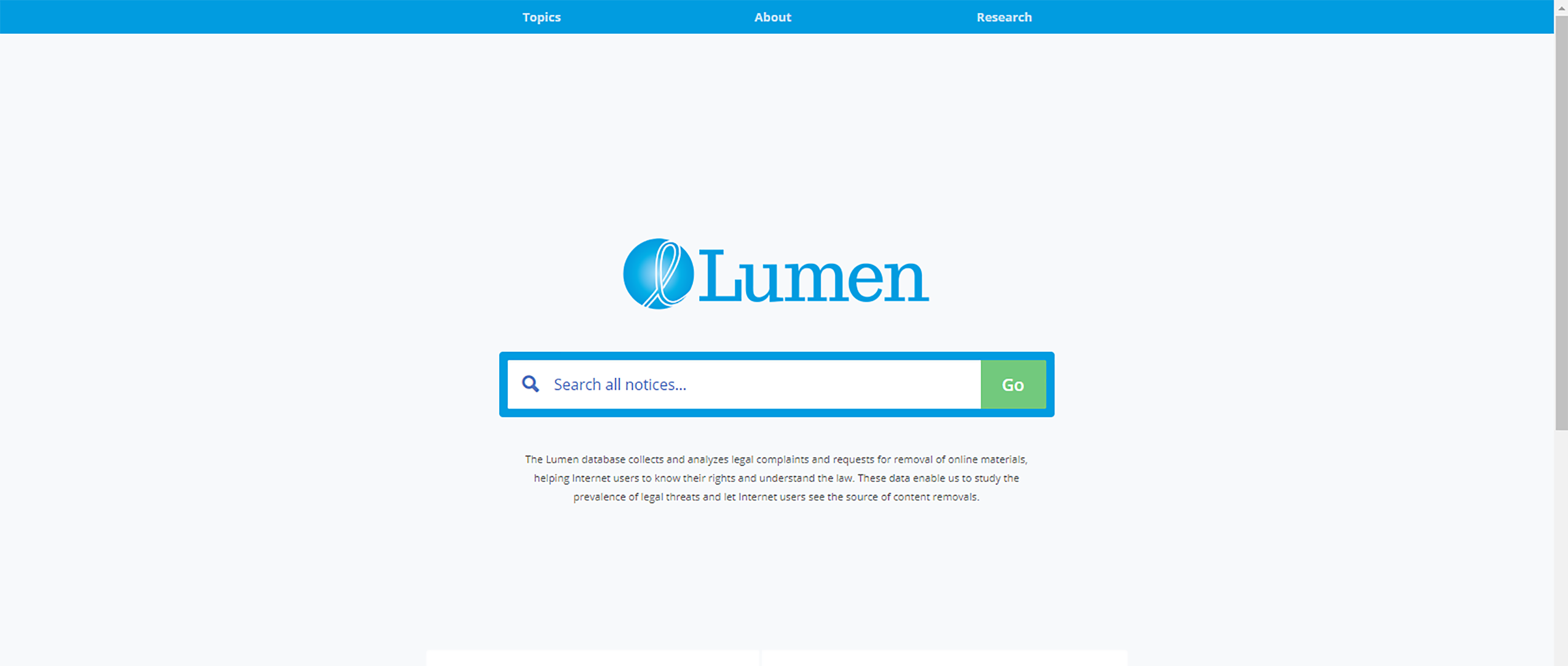
by Sarah Parker J.D.’21
Quarantined in my apartment, I felt powerless as COVID-19 ravaged our most vulnerable communities last spring. Because of my work with incarcerated people through the Prison Legal Assistance Project (PLAP) here at HLS, I was particularly concerned with the risks the virus posed to incarcerated individuals. As I spoke to PLAP clients about their experiences of the pandemic, talked to fellow PLAP student attorneys who were working to file urgent motions for compassionate release, and watched the numbers of cases and deaths rise in prisons and jails nationwide, I started looking for ways in which I could help from my apartment.
Fortunately, Professors Andrew Crespo, Intisar Rabb, and Ron Sullivan had already been trying to figure out new ways to put HLS resources and energy towards helping incarcerated people during the pandemic. Within weeks of the move to virtual learning, they gathered a group of students to work with them towards the release and transfer of incarcerated individuals in response to COVID-19. I jumped at the opportunity to volunteer and support the fight for our most vulnerable populations against COVID-19.
The core of our project was work to support the wonderful organization FAMM and the Compassionate Release Clearinghouse in their mission to obtain compassionate release for the most vulnerable federal prisoners during the COVID-19 pandemic. Working together in a group of about 20 students, we spent the spring compiling data and research for FAMM on the use of doctors as expert witnesses, medical declarations, previously successful motions for compassionate release, and the incarcerated individuals who had already lost their lives to COVID-19. This final project was profoundly sobering and meaningful. As I read about and documented each man and woman who had lost his or her life, I paused to say a prayer for his or her family and apologize that our society collectively failed to protect their loved one.
At the same time, I felt like the work that we were doing with FAMM could help ensure that their deaths were not in vain. The information we were gathering would soon be in the hands of attorneys who would use it to advocate for the freedom and safety of other vulnerable people. Our research on successful motions gave me even more hope for individuals who were still incarcerated. The work of FAMM and the attorneys volunteering to draft and file compassionate release motions through the Compassionate Release Clearinghouse was already making a difference.
The summer brought a new opportunity for me to use my research for FAMM in a concrete way. As a summer associate at Covington & Burling, I was able to join a team of pro bono attorneys working to file a motion for compassionate release using the resources provided by FAMM. I knew exactly where to start my research for the motion: the spreadsheet of successful motions, where I was able to find information about individuals who been released with similar conditions to our client. When it came time to discuss a release plan, I was also able to volunteer information that I knew from my work writing a memo on legally viable housing options for Professor Rabb and Professor Sullivan in the spring.
It was incredibly rewarding to use my research for FAMM to help my wonderful client, and to see how useful our work product was in practice. More importantly, my experience volunteering with FAMM prepared me to go into my first meeting with our client truly prepared to help represent him and give him the best possible chance at compassionate release. I loved working on the motion because of my client, but I was ready to write the best motion possible for my client because of my work with FAMM.
Filed in: Clinical Student Voices, Clinical Voices
Tags: Andrew Crespo, FAMM, Harvard Prison Legal Assistance Project, Intisar Rabb, PLAP, Prison Legal Assistance Project, Ron Sullivan, Sarah Parker
Contact Office of Clinical and Pro Bono Programs
Website:
hls.harvard.edu/clinics
Email:
clinical@law.harvard.edu